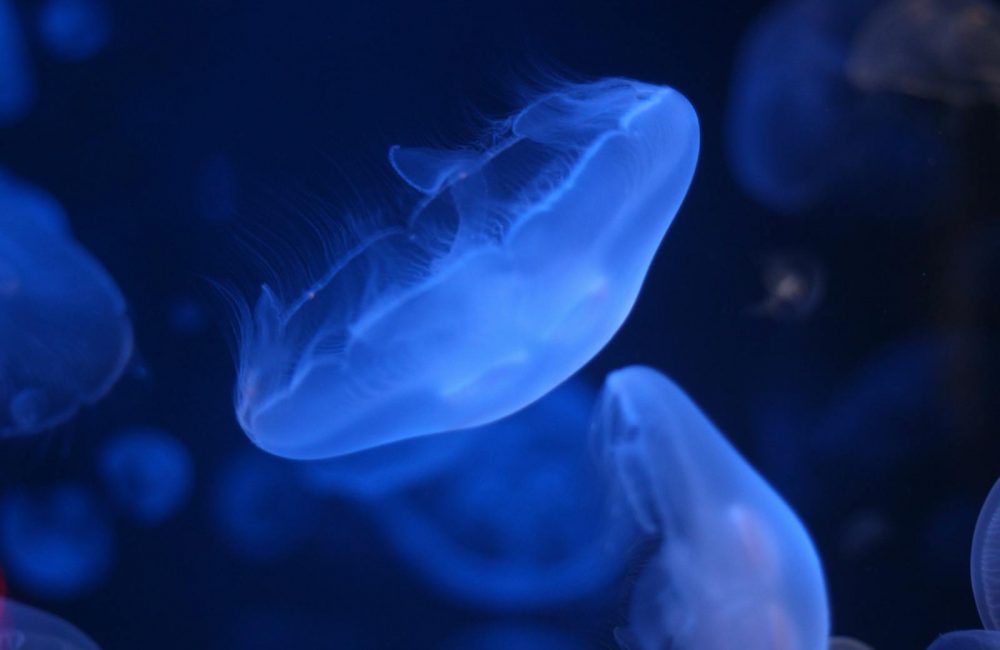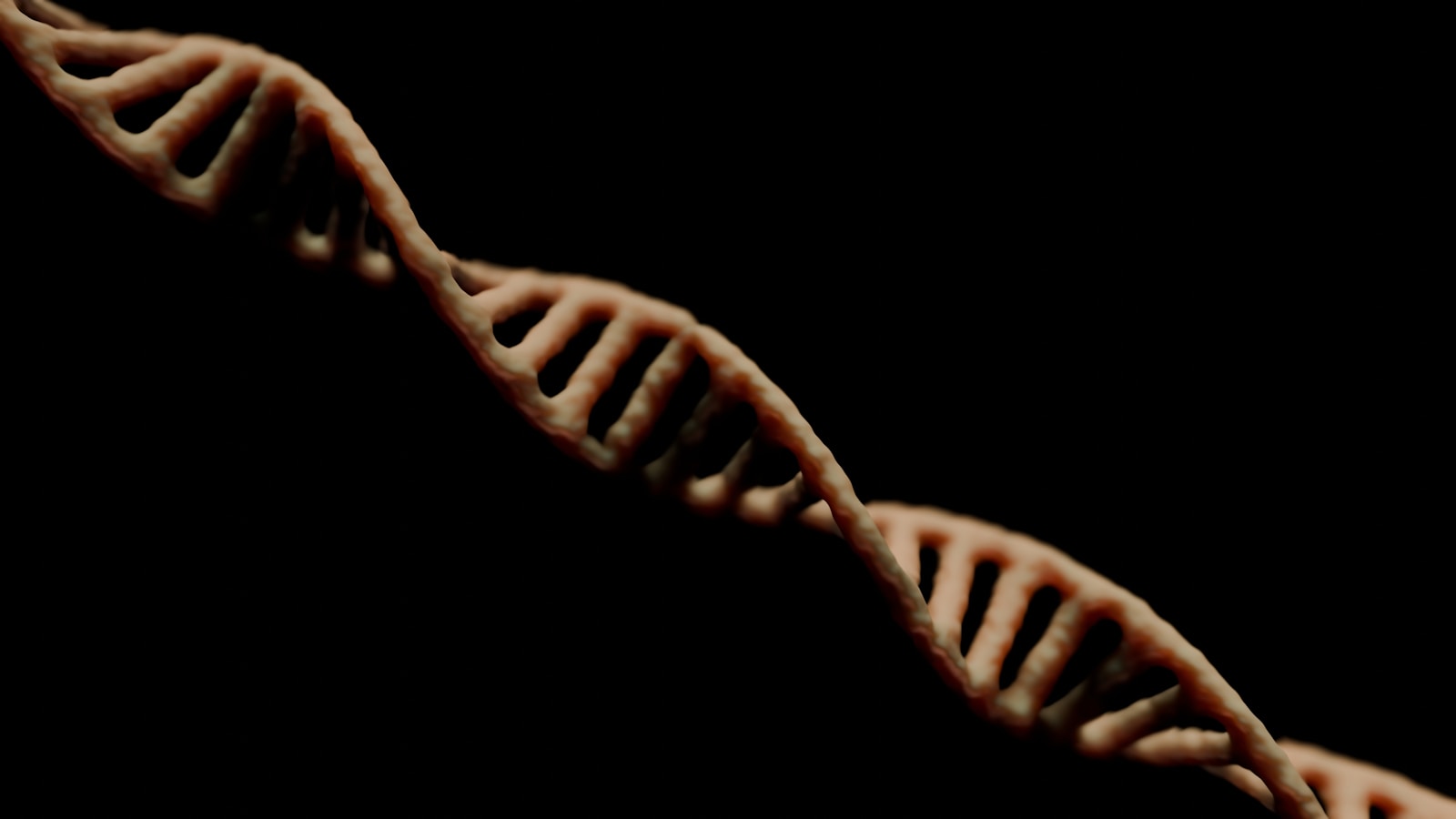Bioluminescence, the ability of living organisms to produce light, is one of nature’s most fascinating phenomena. While this unique form of illumination can be found across various environments—ranging from fireflies in forests to certain fungi in caves—its most awe-inspiring displays occur in the deep ocean. In the depths of the sea, where sunlight cannot penetrate and total darkness reigns, bioluminescent creatures use their light-producing abilities for a variety of purposes, from communication and predation to defense and mating.
The deep-sea ecosystem is a realm of intense pressure, cold temperatures, and perpetual darkness, making bioluminescence an invaluable tool for survival. But how exactly does this glowing mechanism work? In this article, we will explore the science behind bioluminescence in deep-sea creatures, why it evolved, and the extraordinary ways in which these creatures harness light in the darkest places on Earth.
What is Bioluminescence?
Bioluminescence is the production and emission of light by a living organism. This process occurs through a chemical reaction that generates light energy without producing much heat, which is why bioluminescent light is often referred to as “cold light.” It is a distinct form of luminescence, different from fluorescence or phosphorescence, as it involves a biological origin of the light rather than the absorption of external light sources.
In the ocean, bioluminescence is incredibly common. It is estimated that 90% of deep-sea organisms are bioluminescent. These creatures use light to survive and thrive in the harsh and dark environments of the deep sea. The light they produce can vary in color, but in the ocean, it is most commonly blue or green, as these colors travel the furthest in water. However, some creatures also produce red or yellow light, depending on their specific evolutionary adaptations.
How Does Bioluminescence Work?
At the heart of bioluminescence is a biochemical reaction that involves a specific light-emitting molecule called luciferin and an enzyme called luciferase. When these two substances interact, they produce light. The basic mechanism of bioluminescence is relatively simple:
- Luciferin (the light-producing molecule) undergoes oxidation in the presence of oxygen.
- This oxidation reaction is catalyzed by the enzyme luciferase, which speeds up the process.
- As luciferin oxidizes, it releases photons (light particles), resulting in a glowing effect.
- Additional cofactors, such as ATP (adenosine triphosphate), are often involved to provide the necessary energy for the reaction.
Different species use different types of luciferins and luciferases, which can result in variations in the color and intensity of the light. In some species, this reaction is controlled by the nervous system, allowing the organism to turn its bioluminescence on and off at will. Others produce light continuously or store light-producing bacteria in specialized organs that can be “switched” on or off.
Bioluminescent Bacteria
Some deep-sea creatures rely on symbiotic bioluminescent bacteria to produce light rather than manufacturing the light themselves. These bacteria live within specialized organs called photophores, which are often found on the skin or inside the body of the host organism. In this case, the host animal and bacteria benefit from a mutualistic relationship: the bacteria get a stable environment and nutrients, while the host gains the ability to produce light.
This form of symbiosis is common in deep-sea species such as anglerfish and flashlight fish, where the bacteria are responsible for producing the light that the host uses to communicate or attract prey.
Why Do Deep-Sea Creatures Use Bioluminescence?
The deep sea is an environment where light is scarce, especially below the mesopelagic zone (around 200 to 1,000 meters deep). As a result, creatures living in this part of the ocean have developed bioluminescence for a variety of purposes, each adapted to specific survival needs.
1. Camouflage: Counter-Illumination
One of the most fascinating uses of bioluminescence is counter-illumination. Many deep-sea animals have photophores on the undersides of their bodies that produce light, which helps them blend in with the faint light filtering down from above. By matching the light emitted from their undersides with the ambient light above, these creatures can effectively camouflage themselves from predators lurking below.
This tactic is particularly useful for species like squid and certain fish, as it helps them avoid being silhouetted against the brighter waters above, making it harder for predators to spot them.
2. Attracting Prey
Bioluminescence is a powerful tool for attracting prey. One of the most well-known examples is the anglerfish, a deep-sea predator that uses a bioluminescent lure to attract unsuspecting fish and other creatures. The anglerfish has a long, modified dorsal fin spine (called an esca) that dangles a glowing light in front of its mouth. Smaller fish, intrigued by the light in the otherwise dark surroundings, swim toward the glow—right into the anglerfish’s jaws.
This “fishing” technique is a highly effective predatory strategy, especially in the deep sea where prey can be scarce and difficult to find.
3. Mating and Communication
In the vast darkness of the deep ocean, finding a mate can be a significant challenge. Many species use bioluminescent displays to communicate their presence to potential mates. By emitting specific patterns of light, individuals can signal their availability or readiness to reproduce. This is especially important in environments where visual cues are limited.
For example, certain species of ostracods (tiny crustaceans) use intricate bioluminescent signals during mating displays. Males release glowing clouds of light to attract females, creating an otherworldly visual spectacle in the depths of the ocean.
4. Defense Mechanisms
Bioluminescence is also an important defense mechanism in the deep sea. Some species use bright bursts of light to confuse or distract predators, giving them time to escape. This tactic is known as startle bioluminescence, and it’s a highly effective way of evading attack in the pitch-black ocean depths.
Other animals, such as certain jellyfish, use bioluminescence to attract the attention of larger predators. When a smaller predator tries to attack, the jellyfish releases a flash of light, signaling to other, larger predators that a potential meal is nearby. This can result in the smaller predator being eaten, allowing the jellyfish to escape unharmed.
Some species, like the deep-sea shrimp, go even further by releasing a cloud of bioluminescent material into the water, which temporarily blinds and confuses predators, giving the shrimp time to flee.
5. Luring Symbiotic Relationships
Bioluminescence also plays a role in the formation of symbiotic relationships in the deep sea. Certain species of fish or shrimp attract bioluminescent bacteria, which live in specialized organs on their bodies. These bacteria provide a steady light source that can be used for hunting, camouflage, or communication. In return, the bacteria are provided with nutrients and a stable habitat within the host.
Notable Deep-Sea Bioluminescent Creatures
The deep sea is home to some of the most extraordinary bioluminescent creatures on the planet, each with its own unique adaptations. Here are a few examples of deep-sea species that have evolved to use bioluminescence in fascinating ways:
1. Anglerfish
Perhaps the most iconic of all bioluminescent deep-sea creatures, the anglerfish uses its glowing lure to attract prey. The light is produced by symbiotic bacteria that reside in the anglerfish’s esca, which dangles from the fish’s head. Once a curious prey approaches the light, the anglerfish strikes with its sharp teeth.
2. Lanternfish
The lanternfish is one of the most abundant deep-sea species, and its name comes from its prominent use of bioluminescence. Lanternfish have rows of photophores along their bodies, which they use for counter-illumination, communication, and potentially to attract mates.
3. Atolla Jellyfish
The Atolla jellyfish uses a form of startle bioluminescence known as the “burglar alarm” effect. When threatened, the jellyfish produces a series of bright, flashing lights that can confuse predators or attract larger predators to scare off the smaller attacker. This unique light display is thought to be a last-ditch effort to survive an imminent attack.
4. Flashlight Fish
Flashlight fish are named for the bioluminescent patches located under their eyes. These light-emitting organs contain symbiotic bacteria that produce light, which the fish can “turn off” by covering the patches with a flap of skin. Flashlight fish use their light to communicate, navigate, and hunt in the dark waters of the deep sea.
5. Firefly Squid
The firefly squid is famous for its stunning light displays during mating season. Covered in tiny photophores, this squid can produce a synchronized light show that illuminates the ocean around it. This bioluminescence is used to attract mates, communicate with other squids, and potentially confuse predators.
The Evolutionary Advantages of Bioluminescence
Bioluminescence offers a significant evolutionary advantage to deep-sea creatures. In an environment where sunlight cannot penetrate and darkness prevails, the ability to produce light can mean the difference between life and death. By using bioluminescence, organisms can find food, avoid predators, attract mates, and communicate—all critical factors for survival in the deep sea.
Adaptive Radiation
The sheer variety of bioluminescent behaviors in the deep sea is an example of adaptive radiation, where different species evolve specialized traits to occupy specific ecological niches. Some species use light to blend in, others to stand out, while some use it to mislead or manipulate their environment. This diversity of light-emitting strategies demonstrates how evolution has shaped the use of bioluminescence for multiple purposes, allowing deep-sea creatures to thrive in one of the most extreme environments on Earth.
Energy Efficiency
One of the most remarkable aspects of bioluminescence is its energy efficiency. Unlike traditional light sources that generate heat (like incandescent bulbs), bioluminescent organisms produce light through a chemical reaction that generates very little heat. This is crucial for survival in the cold, high-pressure environment of the deep sea, where wasting energy or generating excess heat could be detrimental.
Conclusion
Bioluminescence is an extraordinary adaptation that allows deep-sea creatures to thrive in an environment where sunlight is nonexistent, and the challenges of survival are immense. By producing their own light, these organisms can attract prey, evade predators, communicate with others, and even find mates—all in the pitch-black depths of the ocean.
The chemical process behind bioluminescence, involving luciferin and luciferase, is a finely tuned mechanism that has evolved over millions of years to help deep-sea creatures adapt to their harsh surroundings. Whether it’s the anglerfish luring in its next meal, the firefly squid dazzling potential mates, or the Atolla jellyfish escaping a predator with a sudden burst of light, bioluminescence is one of nature’s most captivating survival strategies.
In the mysterious world of the deep ocean, light is a rare and precious resource, and those creatures that can produce it hold a significant evolutionary advantage. Bioluminescence is not only a tool for survival; it is a testament to the incredible diversity and ingenuity of life on Earth, particularly in the most extreme and uncharted environments.






